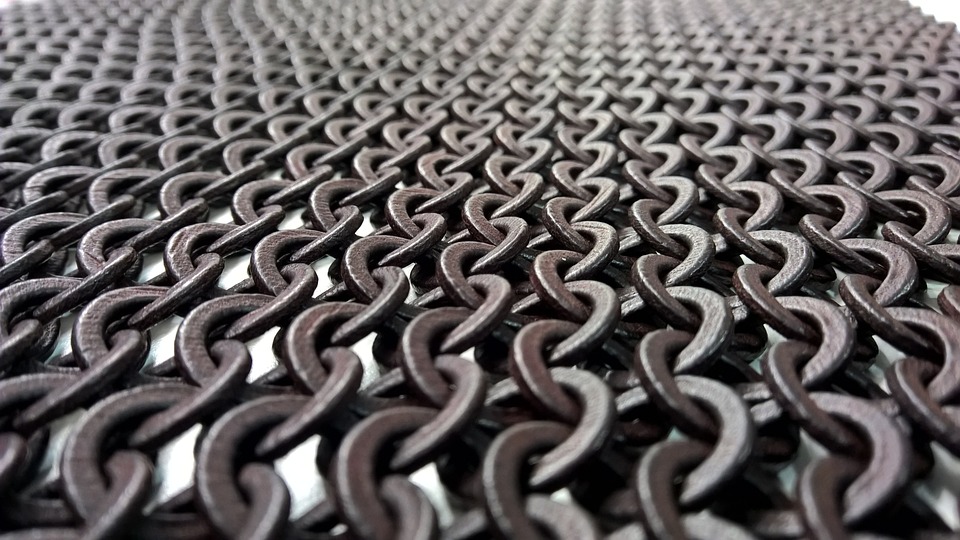When 3D printing metal, the ideal is always to create a high-quality part the first time around, every single time. Researchers from Lawrence Livermore National Laboratory are working on a method to make this a reality.
Their latest technique relies on machine learning algorithms which process data obtained during a print in real time. Within milliseconds, the algorithm can tell you whether the print is of a high-quality or not.
Previously, the researchers have used many methods to do this job, from sensors to imaging techniques. But, the process which is working the best uses convolutional neural networks (CNN).
This type of algorithm typically finds use in the processing of images and videos — recognising patterns. The researchers have found that a trained CNN pointed at a video feed of a metal 3D print job can successfully recognize the accuracy of said print — predicting if a part will work after just ten milliseconds of video.
Principal investigator and LLNL researcher Brian Giera, said: “This is a revolutionary way to look at the data that you can label video by video, or better yet, frame by frame… The advantage is that you can collect video while you’re printing something and ultimately make conclusions as you’re printing it. A lot of people can collect this data, but they don’t know what to do with it on the fly, and this work is a step in that direction.”

Preventing Metal 3D Printed Part Defects in Real-Time
Giera adds that this method of real-time prevention is much cheaper than post-print sensor analysis which is often used to determine the quality of a part.
If a print takes days or weeks to print, the CNNs could save time as well as money and help engineers understand what exactly needs to be changed or adjusted, all in real-time.
To develop the CNNs, the researchers used 2,000 video clips of melted laser tracks under a range of conditions. Next, they scanned the part surfaces to create 3D height maps. This information was used to train the algorithms.
Unlike a human, the algorithms can now analyze sections of video frames quickly. The researchers published their findings in a paper in the journal Advanced Materials Technologies.
Bodi Yuan, the paper’s lead author, University of California, Berkeley student and LLNL researcher, said: “Because convolutional neural networks show great performance on image and video recognition-related tasks, we chose to use them to address our problem… The key to our success is that CNNs can learn lots of useful features of videos during the training by itself. We only need to feed a huge amount of data to train it and make sure it learns well.”
Theoretically, these neural networks could also work for other 3D printing systems. Giera adds that other researchers should be able to follow the same formula.
However, he explains that there is still work to be done to detect voids — a fault that is impossible to predict with height map scans. But, he says: “Right now, any detection is considered a huge win.”
Source: Lawrence Livermore National Laboratory

License: The text of "Researchers Detect Defects in Metal 3D Printed Parts Using Neural Networks" by All3DP is licensed under a Creative Commons Attribution 4.0 International License.